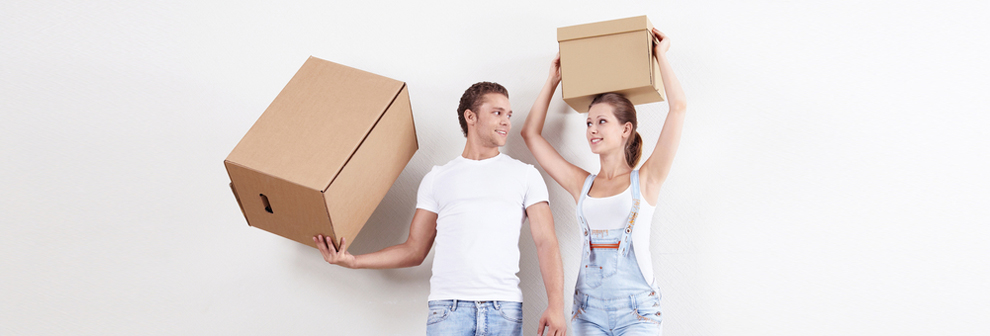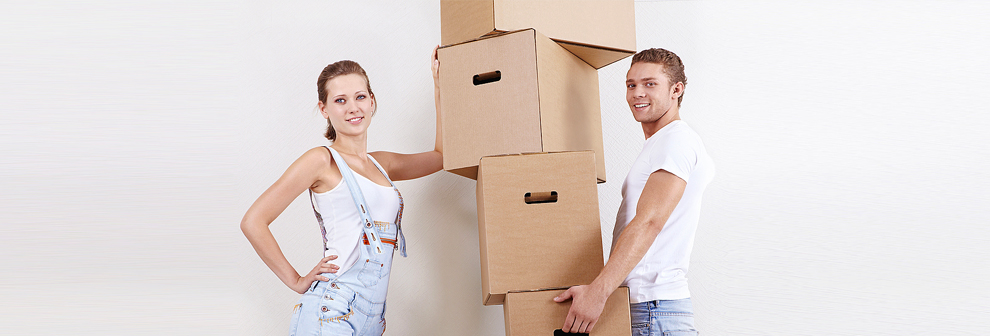Packing Fragile Art and Decorations with Care
Posted on 14/10/2025
Transporting fragile art and decorations can be a daunting task, but with the right techniques and materials, you can ensure that your precious items arrive at their destination unscathed. Whether you're moving to a new house, shipping an artwork to a buyer, or simply storing valuable pieces, understanding the proper packing methods is crucial. This guide covers the essentials of packing fragile art and decorations with care.
Understanding the Fragility
Before you start packing, it's important to know the types of materials and items you're dealing with. Fragile art and decorations can include:
- Paintings and prints on canvas or paper.
- Glass or ceramic sculptures and figurines.
- Antique items, such as clocks and vases.
- Handcrafted decorations, including jewelry and ornaments.
Each type of item has its own set of vulnerabilities and thus requires specific packing methods. Understanding these can help prevent damage during transit.

Essential Packing Materials
To pack fragile art and decorations properly, you need to have the right materials on hand. Here are some of the essentials:
- Bubble Wrap: Provides cushioning and acts as a shock absorber.
- Padding Material: Foam sheets, packing peanuts, and crumpled paper can fill voids and add protection.
- Glassine Paper: A smooth, glossy paper that provides protection against smudges and moisture.
- Plastic Wrap: Holds items together and prevents them from shifting.
- Sturdy Boxes: Double-walled cardboard boxes provide added durability.
- Tape: Strong packing tape to seal boxes securely.
- Labels: 'Fragile' labels to indicate the delicate nature of the contents.
Investing in high-quality packing materials is essential. Cheap or skimpy materials can result in a lot more than just superficial damage.
Step-by-Step Packing Guide
Step 1: Clean and Dry
Before packing any fragile items, make sure they are clean and dry. This helps prevent mold, mildew, and stains. Use a soft cloth to wipe down surfaces and let them air dry if necessary.
Step 2: Create a Workspace
Lay out a soft blanket or towel on a flat surface to act as a cushion while you pack. This prevents items from getting scratched or dented during the packing process.
Step 3: Wrap Items Individually
Wrap each item individually in bubble wrap. For paintings and prints, place a layer of glassine paper over the surface to protect against smudges before wrapping them in bubble wrap. Secure the wrap with tape, making sure it isn't too tight, which could cause pressure points that might damage the item.
Step 4: Prepare the Box
Choose a box that is slightly larger than the item you are packing. Line the bottom of the box with padding material like foam or packing peanuts. This serves as the first layer of protection against impacts.
Step 5: Place the Item in the Box
Carefully place the wrapped item into the box. If you are packing multiple items in one box, make sure they do not touch each other. Use padding material to fill any voids between the items to prevent shifting during transit.
Step 6: Seal the Box
Once the items are securely packed, add a final layer of padding material on top before sealing the box with strong packing tape. Make sure all seams are tightly sealed to prevent the box from coming apart during transit.
Step 7: Label Appropriately
Clearly label the box with 'Fragile' and 'This Side Up' stickers to ensure that handlers know to treat the box with care. Adding a brief description of the contents can also be helpful.
Special Considerations for Different Types of Art
Paintings
When packing paintings, especially those with glass frames, extra caution is needed. Use corner protectors to shield the edges, and place a hardboard over the front and back of the painting before wrapping it in bubble wrap. This provides added rigidity and protection against punctures.
Sculptures and 3D Art
Sculptures and 3D art pieces often have irregular shapes, which makes them more vulnerable to damage. Wrap each protruding part separately before wrapping the entire piece. Use a generous amount of padding material to fill voids in the box.
Antiques
Antiques often have sentimental as well as monetary value, and their age can make them particularly fragile. Use acid-free tissue paper to wrap these items, as it is less likely to cause chemical reactions over time. Pack them in smaller boxes that go into a larger, well-padded box for added security.
Transporting the Packed Items
Packing your fragile items correctly is only half the battle. How you transport them also plays a critical role in ensuring their safety. Here are some tips:
- Use a reputable shipping service experienced with fragile items.
- Consider using a specialty art moving company for valuable pieces.
- For short moves, transport the items in your own vehicle, ensuring they are secured and cushioned.
- Avoid stacking heavy boxes on top of those labeled as fragile.

Insurance and Documentation
No matter how carefully you pack and transport your items, accidents can still happen. That's why it's crucial to have insurance. Here's what you can do:
- Document Everything: Take photographs of each item before packing them. This helps with insurance claims if damage occurs.
- Get Appraisals: For valuable items, having a professional appraisal can authenticate their value.
- Choose the Right Insurance: Consult with your insurance provider about coverage options specific to art and fragile items.
Unpacking Upon Arrival
When you've reached your destination, unpacking should be done with the same level of care as packing:
- Inspect the Boxes: Examine the boxes for any signs of damage before opening them.
- Unpack Slowly: Take your time removing each item, placing it on a soft surface.
- Check for Damage: Inspect each item thoroughly for any damage and document it immediately if found.
Properly packing and transporting fragile art and decorations can seem like a cumbersome process, but it is an essential step in safeguarding these valuable items. By understanding their specific needs and using the appropriate materials and techniques, you can ensure they remain in pristine condition, preserving their beauty and value for years to come.



















